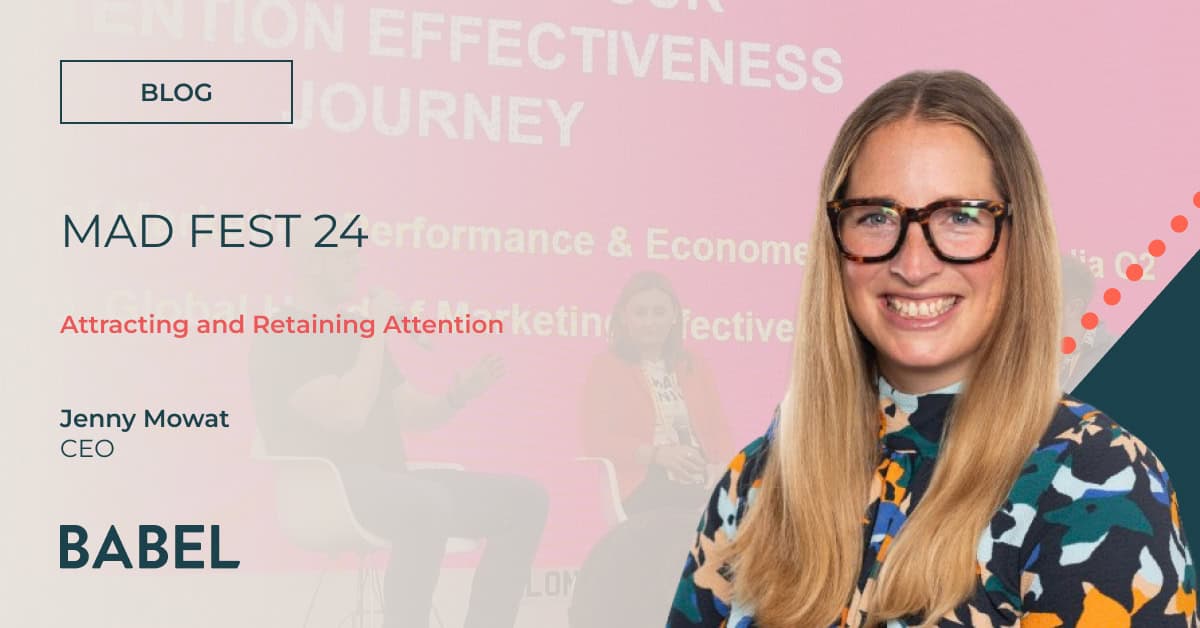
Mobile World Congress day III: Barcelona showcases a smart world
The title of ‘smartest city’ is hotly contended and much disputed. Digitalisation, energy-efficiency, cost-savings, connected infrastructure, as well as better public transport, services, and quality of life for residents: the smart city model promises a lot. It’s no wonder then, that this topic dominated much conversation – and a lot of hall space – at Mobile World Congress.
As reported by Babel’s Ian, the ‘smart cities’ category represented the third largest segment of exhibitors at this year’s show. This was topped only by the number of companies operating in IoT/M2M and cloud services.
First up, Cobham Wireless has been demonstrating how its intelligent digital distributed antenna system (idDAS) can be used to deliver high capacity coverage for smart cities. The solution can shift capacity to where it’s needed at a certain time of day, for instance in a metro during commuting hours, and in a stadium during the day for a sporting/music event. This model has been proven in Berlin and could offer a template for connecting other major cities.
Ericsson had a whole pavilion at MWC dedicated to its smart city play. The company sees NB-IoT and CAT-M as the underlying technologies for connecting cities, with transport and logistics in particular set to benefit from developments in smart infrastructure. Ericsson has already provided traffic management automation for the city of Dallas, and – along with the likes of Nokia and Huawei – will likely roll out similar projects in the years to come.
Moving from a multinational with roots in Sweden, to one just across the border in Finland; Nokia used MWC to showcase IoT for Smart Cities and Sensing as a Service. The latter provides real-time data analytics to operators and is powered by blockchain, with the aim of helping operators generate revenue from the data gathered from connected city infrastructure.
Operators, businesses, governments, service providers and more are already faced with huge volumes of data, and connecting more of our environment to the IoT will add significantly to this. It was interesting to see these challenges brought to light at the show – and to see Nokia offering a potential solution.
It’s not just the Nordic countries that are pioneering smart city technology. We also heard about an interesting partnership between two parties on opposite sides of the globe; British chip maker Arm Holdings, and government officials in Saudi Arabia. According to reports, the Cambridge-based company, which was acquired by Softbank in 2016, has been in talks regarding the use of its chips to enable and support infrastructure in Neom.
Never heard of Neom? Us neither! Announced only last year and due for completion in 2025, Neom takes the concept of smart city to the extreme. Connecting Saudi, Egypt and Jordan, the $500 billion megacity will be built on over 10,000sqm of land, will be energy-efficient and no doubt feature futuristic technologies.
We’ll end on a piece of MWC news focussed on somewhere slightly closer to home. The city of Bristol scooped the Judges Choice Smart City Awards at the GLOMOs, MWC’s annual prize-giving ceremony. According to judges, the project resulted in ‘a strong IoT network test bed and a city operations centre that is beginning to make a real impact on broader city policy.’ Bristol is actually smarter than London, according to Huawei’s latest UK Smart Cities Index – I’ll leave that as a point for discussion between West Country and London-based readers!
The idea of smart cities is exciting. However, MWC also made us think about how we can construct and sustain smart city concepts, as well as ensure both citizens and stakeholders benefit now, and in our automated, interactive, drone-filled future habitats!





